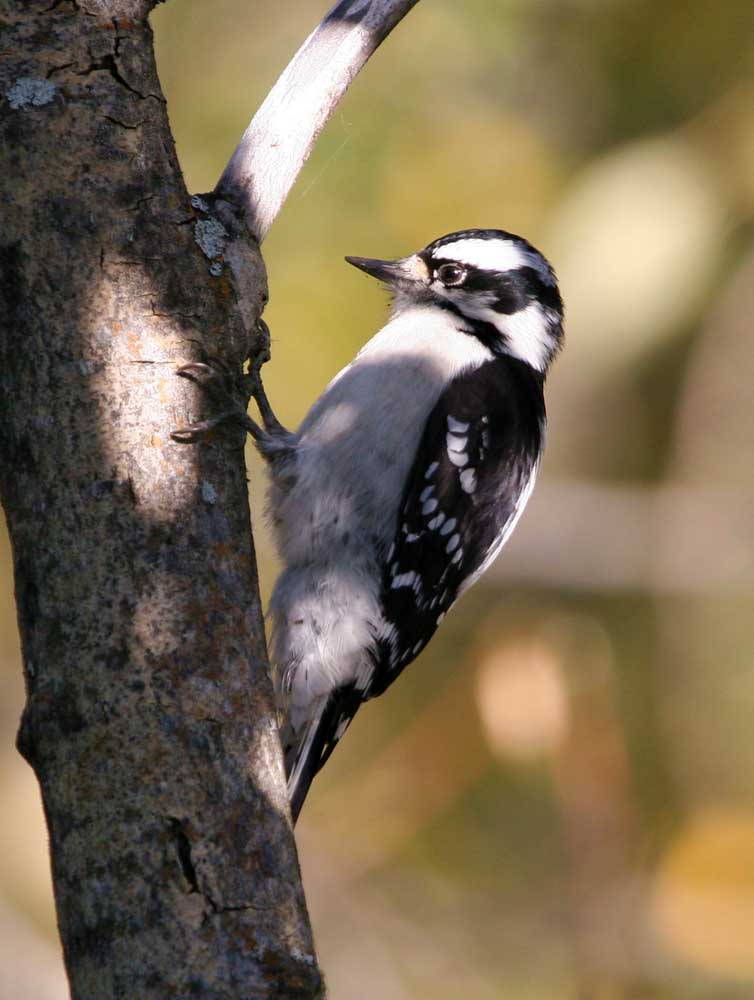Downy woodpeckers are common in backyards
Published 12:00 am Wednesday, January 28, 2015

- U.S. Fish and Wildlife Service / Submitted photoDowny woodpecker
Downy woodpecker
Scientific name: Picoides pubsecens
Trending
Characteristics: The smallest North American woodpecker, this species averages 6.5 inches in length (about the size of a chickadee) and has a black back with a large white patch, small chisellike black bill, white undersides and black wings dotted with white. The face is white with black stripes, and males have a red patch on the back of the crown. The tail feathers are bordered by dark-barred white outer ones.
Range: Found throughout much of North America and into Central America. Some birds migrate to lower elevations or lower latitudes in winter.
Breeding: Excavates a gourd-shaped nest cavity usually in a snag or dead branch. Both adults work on the nest hole. The female lays three to seven white eggs, and both sexes incubate the eggs for 12 days. The young are ready to fledge at about 3 weeks old, and they stay with the parents for another three weeks before branching out on their own.
Habitat: Occurs in coniferous or mixed deciduous forests, streamside woodlands, willow and cottonwood groves; also neighborhood woodlands of various tree species.
Food: Feeds on beetle larvae, insects, spiders, berries, nuts, buds, sap and suet. In winter, males might forage more on outer branches and the stems of weeds while females search for food more on larger branches and tree trunks.
Bird facts: The genus name means “resembling a woodpecker,” and the species name refers to the fine, downy-white appearance of the plumage. Like other woodpeckers, downies probe tree bark for insects, but will also cling to outer limbs and branches, sometimes upside-down, searching for food. These woodpeckers pound on insect galls on weed plants or shrubs trying to extract the larvae within. Their call, a long trill or whinny, tends to go downward in pitch — thus “down for downies” helps remember their call. Woodpeckers drum on snags, light poles, houses, anywhere where the sound resonates. In fall, downies might excavate roosting holes in dead trees and defend these from other woodpeckers. A group of woodpeckers is known as a “drumming” or “descent.” Downies will also forage in winter with other species, forming mixed flocks.
Trending
Current viewing: Residential areas in Central Oregon, Shevlin Park, Sunriver, Prineville and elsewhere.
— Damian Fagan is a volunteer with the East Cascades Audubon Society. He can be reached at damian.fagan@hotmail.com.
Sources: Oregon Department of Wildlife Resources, All About Birds website and “The Audubon Society Encyclopedia of North American Birds” by John Terres







